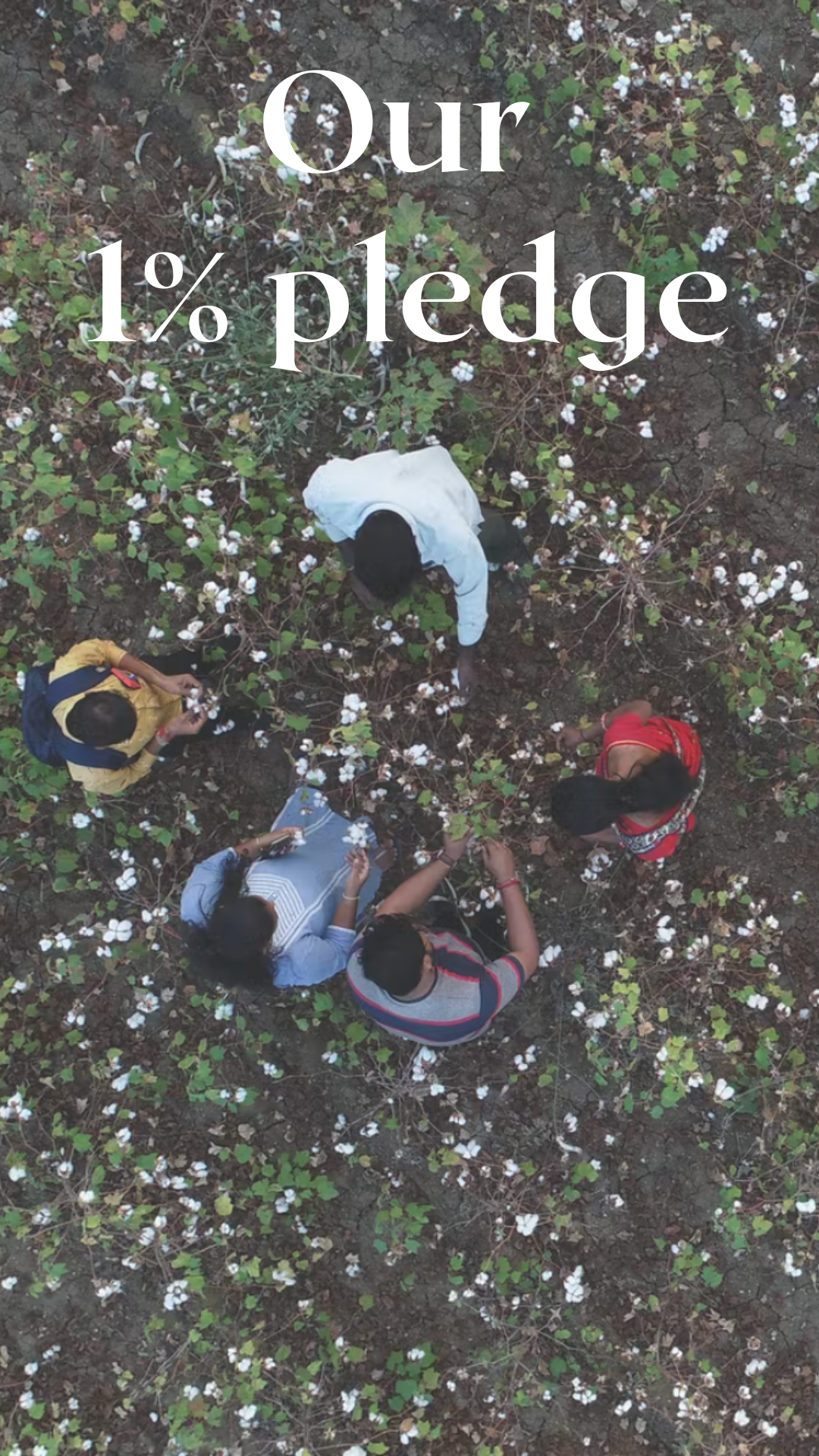-FREE SHIPPING ON U.S. ORDERS OVER $150. ECO-FRIENDLY PACKAGING ALWAYS- JOIN PANEROS REWARDS-
-FREE SHIPPING ON U.S. ORDERS OVER $150. ECO-FRIENDLY PACKAGING ALWAYS- JOIN PANEROS REWARDS-
Shop
Investing in Carbon Offsetting & Carbon Capture Initiatives

Aside from synthetic, petroleum-based fibers and fabrics, nature provides the raw materials for the fashion industry and the clothing that we create here at Paneros.
But even natural or manmade cellulosic fabrics are not always produced sustainably or ethically. Deforestation, water misuse/pollution, pesticides, and greenhouse gas emissions are just some of the environmental impacts linked to agricultural practices that are involved in the fashion supply chain.
However, agriculture can be transformed into a powerful nature-based solution - and there are organizations that Paneros is proud to support for 2022 that are making huge strides in this space.
In 2021, Conservation International launched the Regenerative Fund for Nature to catalyze a movement in the fashion sector - and beyond - toward more regenerative agricultural practices. The Regenerative Fund for Nature stated aim is to transform 1 million hectares (2.5 million acres) of agricultural lands in six countries to regenerative practices by 2026.
In an effort to help offset our carbon footprint here at Paneros Clothing, we donated 1% of revenue from 2021 and 2022 to this initiative. We believe that investing in regenerative agriculture is a key piece to improving the fashion industry supply chain, while also doing our part to offset carbon emissions by increasing forests and carbon capture.
Credit: Conservation International
WHAT IS REGENERATIVE AGRICULTURE?
The term “regenerative agriculture” emerged to better acknowledge and establish a greater focus on the role of soils in maintaining production systems over time. The focus has been on building back healthy soils – and transitioning to a system of farming that focuses on positive outcomes that ensure the long-term viability of the land to sustain production by working with nature rather than against it. Regenerative agriculture aims to go beyond simply doing “less bad” to “do more good” by delivering benefits for farmers, communities, nature and climate.
In practice, regenerative agriculture combines Indigenous and traditional approaches to farming and land stewardship with modern management methods to sequester carbon, mitigate climate change and protect wildlife. Practices include rotating crops, carrying out little or no tillage, eliminating synthetic chemicals and integrating crops with managed grazing systems. In addition, regenerative agriculture ensures high standards for animal welfare.


